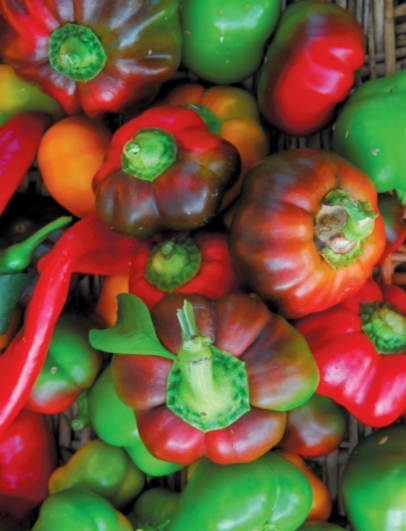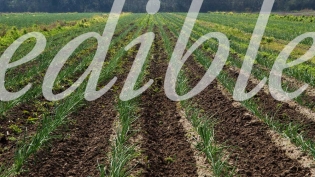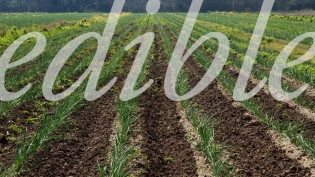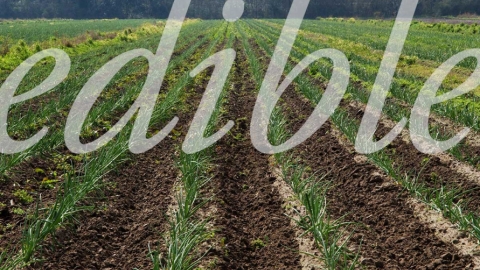Growing Peppers
Summer Spotlight: Peppers
Peppers like warm temperatures. They won’t put on much growth until the ground temperature is 55 degrees or warmer and nighttime temperatures are consistently 60 degrees, which generally is May 1 or after in the Upstate. They will produce until frost. Early June is the time to start peppers for the second planting in our area (late July).
Peppers need to be set out as transplants rather than direct-seeded. It’s best to plant out (put a transplant in the ground) either in the evening or on a day that is overcast and not windy. Wind wicks the moisture out of plant leaves faster than it can be replaced through the roots, resulting in plants that wilt even when soil moisture is sufficient.
It’s important to have a soil test before adding amendments, but a safe bet for fertilizer is fish emulsion (at 2-4-1, 1 TBSP per gallon of water twice a week at the seedling stage, or follow directions on the container). Do avoid over-fertilizing; more isn’t necessarily better. Excess nitrogen will yield a beautiful, leafy plant with no blooms or fruits. Research also indicates that an overabundance of nitrogen can attract pests and encourage disease.
The hardest part of growing peppers is forcing yourself to pinch off the first few flowers. Doing so allows plants to put their energy into growth instead of early fruit production. You’ll be rewarded with healthier, sturdier plants.
Looking for a different pepper to try this year? Consider a seasoning pepper like Aji Dulce, Trinidad Perfume, Christmas Bell, or Tobago. When you cut into one, the aroma will make you pause immediately, since it’s reminiscent of a habanero, but these seasoning peppers vary in heat from mild to only slightly hot.








